 Azalea blooming in early February
Azalea blooming in early February
2010 has brought Seattle the warmest January we have seen in over a hundred years of record-keeping, which might seem odd to those dealing with record-setting snowfall in more southerly parts of the east coast. This is an El Niño year, which brings strange weather patterns to the whole Pacific basin and over much of North America. Our warm temperatures and Vancouver’s trucking in snow for parts of the Winter Olympics are part of this El Niño effect.
As a result of the warm weather, our first sign of spring, the flowering of the hazelnut trees, occurred just about the first of January, and I heard frogs croaking on warm days. While jogging in Bremerton, I saw the first miniature irises in bloom.
In early February I made two trips to Seattle’s Washington Park Arboretum, located along Lake Washington near the University of Washington campus. The arboretum is beautiful any time, but I especially love the flowering trees in spring, and this was my first opportunity in 2010 to see early witch hazels and azaleas in bloom. Within the arboretum, the J. A. Witt Winter Garden is the focus for early spring color, as well as bright winter twig and bark colors.
In this portfolio you can see traditional approaches to garden photography–as well as some more impressionistic images that have their own beautiful aesthetic. Enjoy the spring through my photography, even if you are trapped in a snowstorm!
 Persian Violet (Cyclamen coum) around base of Tall Stewartia
Persian Violet (Cyclamen coum) around base of Tall Stewartia
 Harry Lauder’s Walking Stick (Corylus avellana ‘Contorta’)
Harry Lauder’s Walking Stick (Corylus avellana ‘Contorta’)
 Scotch Heather (Calluna vulgaris ‘Robert Chapman’)
Scotch Heather (Calluna vulgaris ‘Robert Chapman’)
 Early Azalea Blooming
Early Azalea Blooming
 Purple Hazel (Corylus maxima ‘Atropurpurea Superba’)
Purple Hazel (Corylus maxima ‘Atropurpurea Superba’)
 Chinese Witch Hazel (Hamamelis mollis)
Chinese Witch Hazel (Hamamelis mollis)
 Paperbark Maple bark (Acer griseum)
Paperbark Maple bark (Acer griseum)
 Impressionistic view of Harry Lauder’s Walking Stick
Impressionistic view of Harry Lauder’s Walking Stick
 Orange Beauty Witch Hazel (Hamamelis x intermedia ‘Orange Beauty’)
Orange Beauty Witch Hazel (Hamamelis x intermedia ‘Orange Beauty’)
 Muskogee Crape Myrtle (Lagerstroemia x ‘Muskogee’)
Muskogee Crape Myrtle (Lagerstroemia x ‘Muskogee’)
 Plastic Fence and Azalea
Plastic Fence and Azalea
 Wilcox Footbridge, built in 1911
Wilcox Footbridge, built in 1911
 Paperbark Maple bark (Acer griseum)
Paperbark Maple bark (Acer griseum)
 Peeling bark, backlit by a low winter sun, of Paperbark Maple (Acer griseum)
Peeling bark, backlit by a low winter sun, of Paperbark Maple (Acer griseum)
 Ruby Glow Witch Hazel (Hamamelis x intermedia ‘Ruby Glow’)
Ruby Glow Witch Hazel (Hamamelis x intermedia ‘Ruby Glow’)
 Impressionistic view of backlit bark of Paperbark Maple (Acer griseum)
Impressionistic view of backlit bark of Paperbark Maple (Acer griseum)
 Bark detail of Paperbark Maple (Acer griseum)
Bark detail of Paperbark Maple (Acer griseum)
 Western Red Cedar (Thuja plicata) branches casting shadows
Western Red Cedar (Thuja plicata) branches casting shadows
 Green-barked Dogwood (Cornus stolonifera ‘Flaviramea’) with Black Mondo Grass (Ophiopogan planiscapus ‘Ebony Knight’)
Green-barked Dogwood (Cornus stolonifera ‘Flaviramea’) with Black Mondo Grass (Ophiopogan planiscapus ‘Ebony Knight’)
 Colorful coppiced shrub dogwood (Cornus sp.); coppicing means cutting back branches to the ground each spring, which encourages new twig growth, and new twigs have brighter color
Colorful coppiced shrub dogwood (Cornus sp.); coppicing means cutting back branches to the ground each spring, which encourages new twig growth, and new twigs have brighter color
 A lavender early-blooming azalea (Rhododendron sp.)
A lavender early-blooming azalea (Rhododendron sp.)
 Ruby Glow Witch Hazel (Hamamelis x intermedia ‘Ruby Glow’)
Ruby Glow Witch Hazel (Hamamelis x intermedia ‘Ruby Glow’)
 Another view of Harry Lauder’s Walking Stick
Another view of Harry Lauder’s Walking Stick
 And still another view of Harry Lauder’s Walking Stick
And still another view of Harry Lauder’s Walking Stick
 Patterned bark of Hers’ Maple (Acer grosseri var. hersii)
Patterned bark of Hers’ Maple (Acer grosseri var. hersii)
 A cherry (Prunus sp.) blooming in early February
A cherry (Prunus sp.) blooming in early February
 Moss on a huge tree glowing under overcast skies
Moss on a huge tree glowing under overcast skies
For more information about Seattle’s Washington Park Arboretum, go to: http://depts.washington.edu/wpa/index.htm.
To see my web site, which includes photographic prints for sale, please go to LeeRentz.com
To see thousands of my photographs in large file sizes for use in magazines or other printed materials or electronic media, go to my PhotoShelter Website
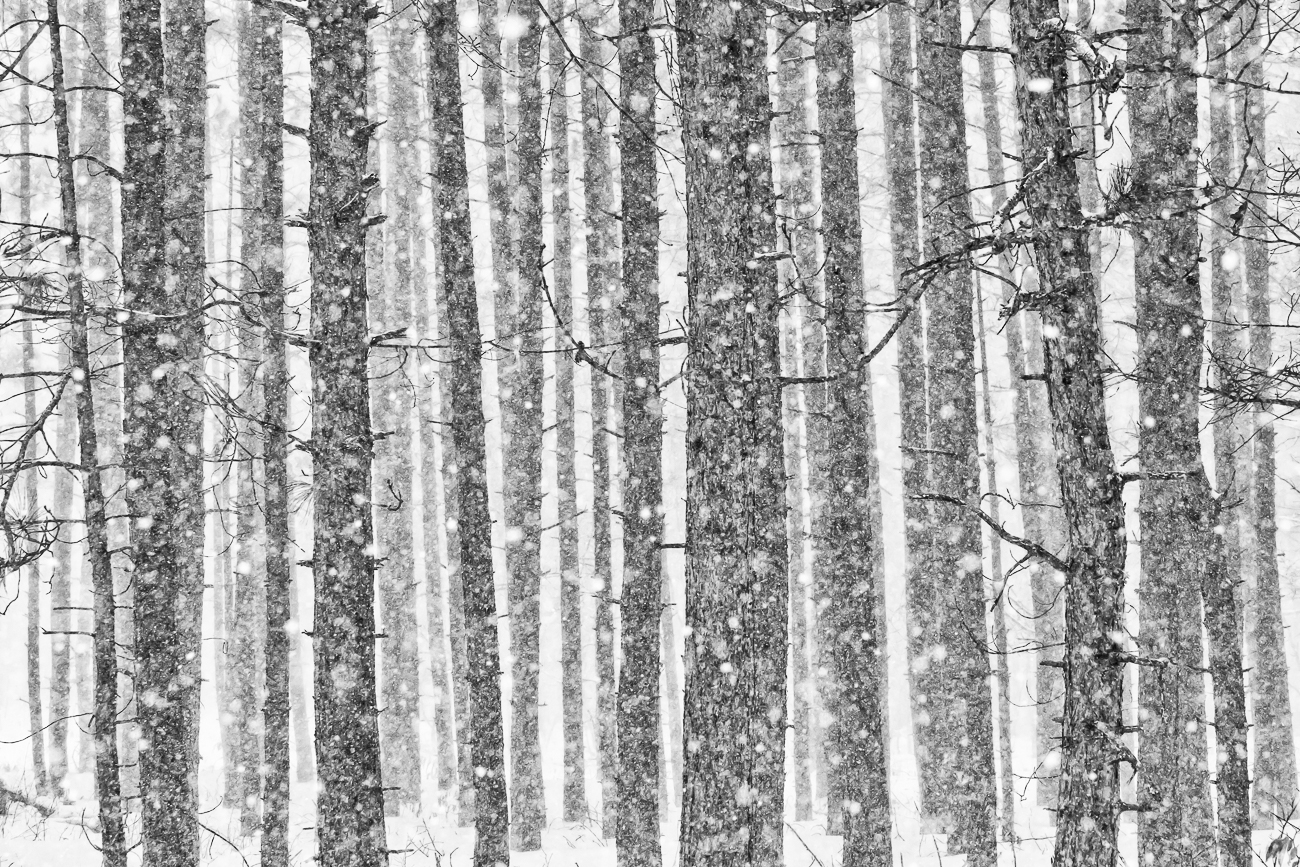
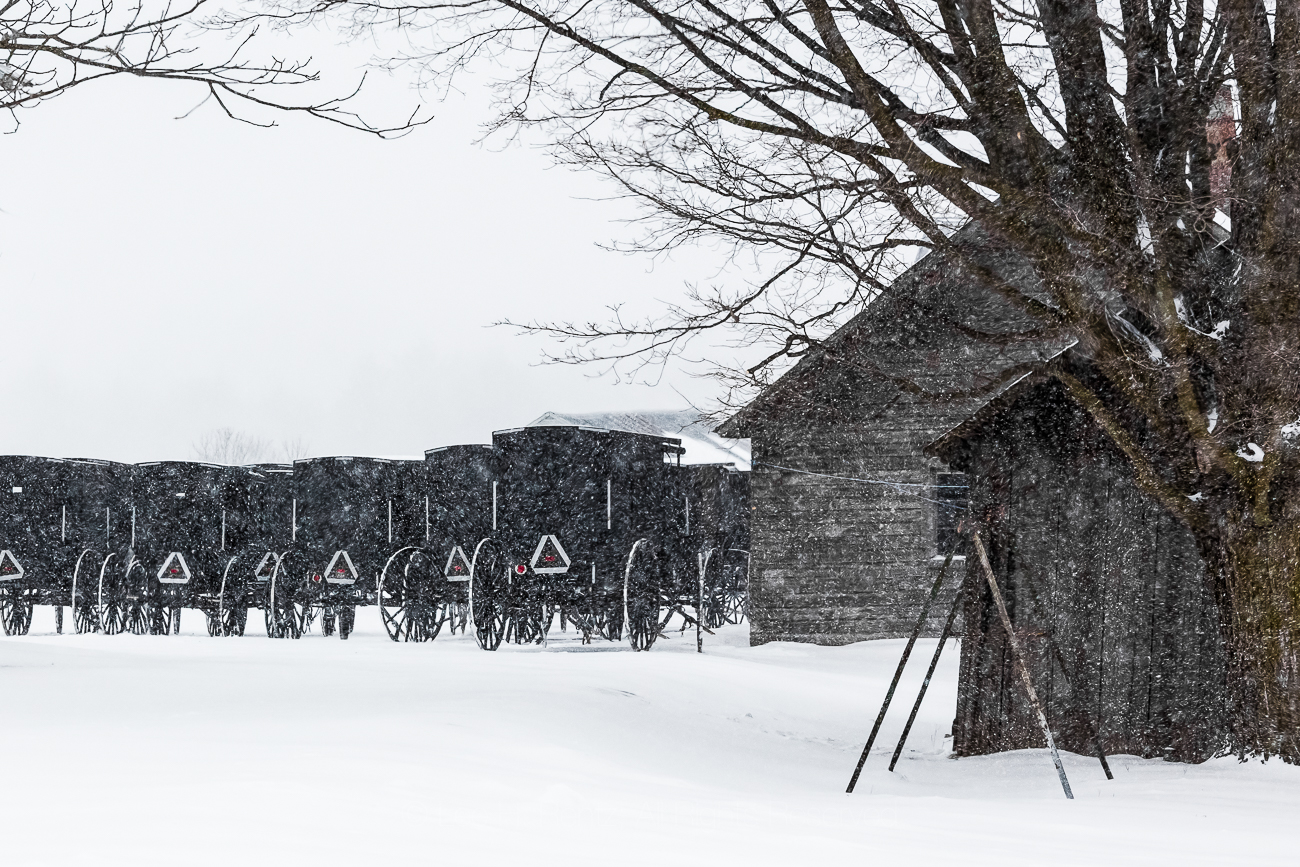
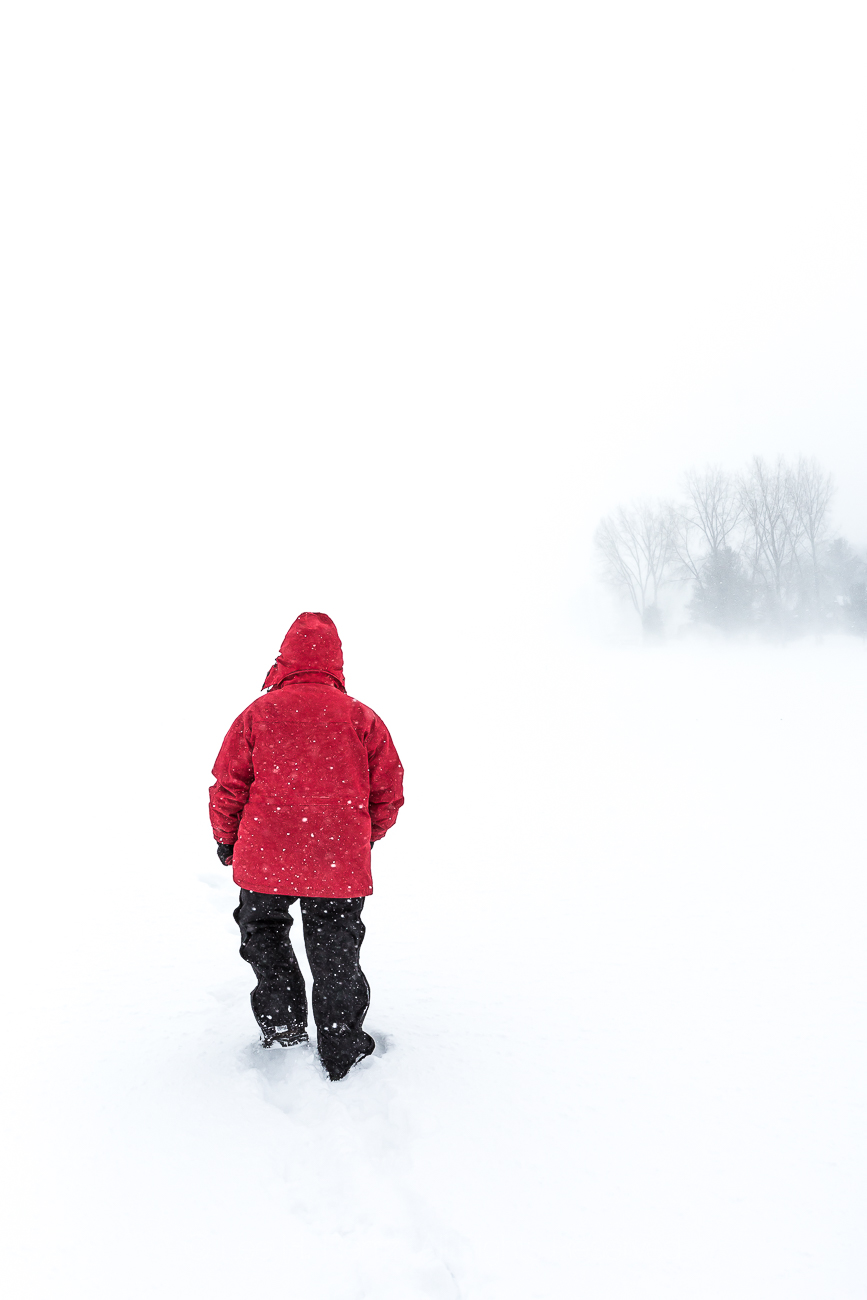
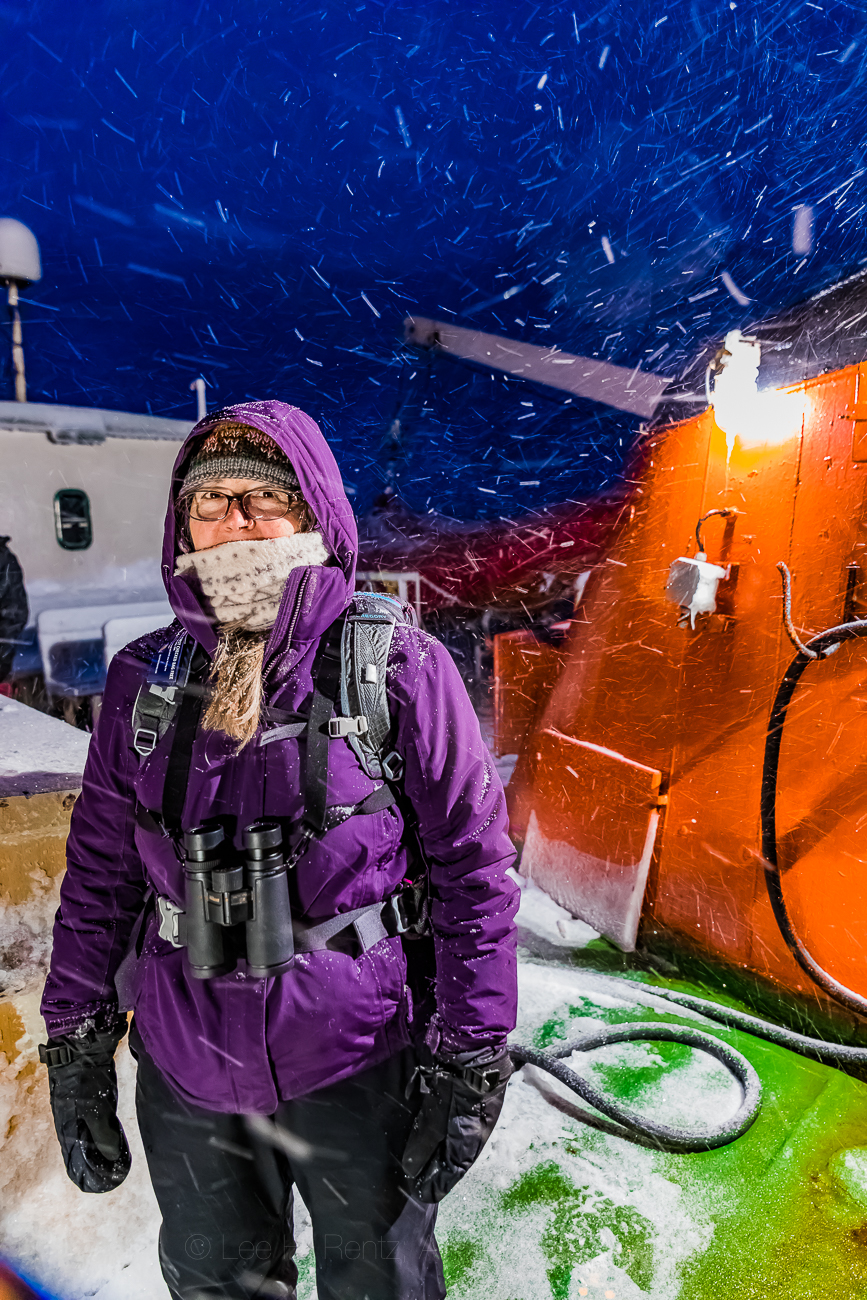
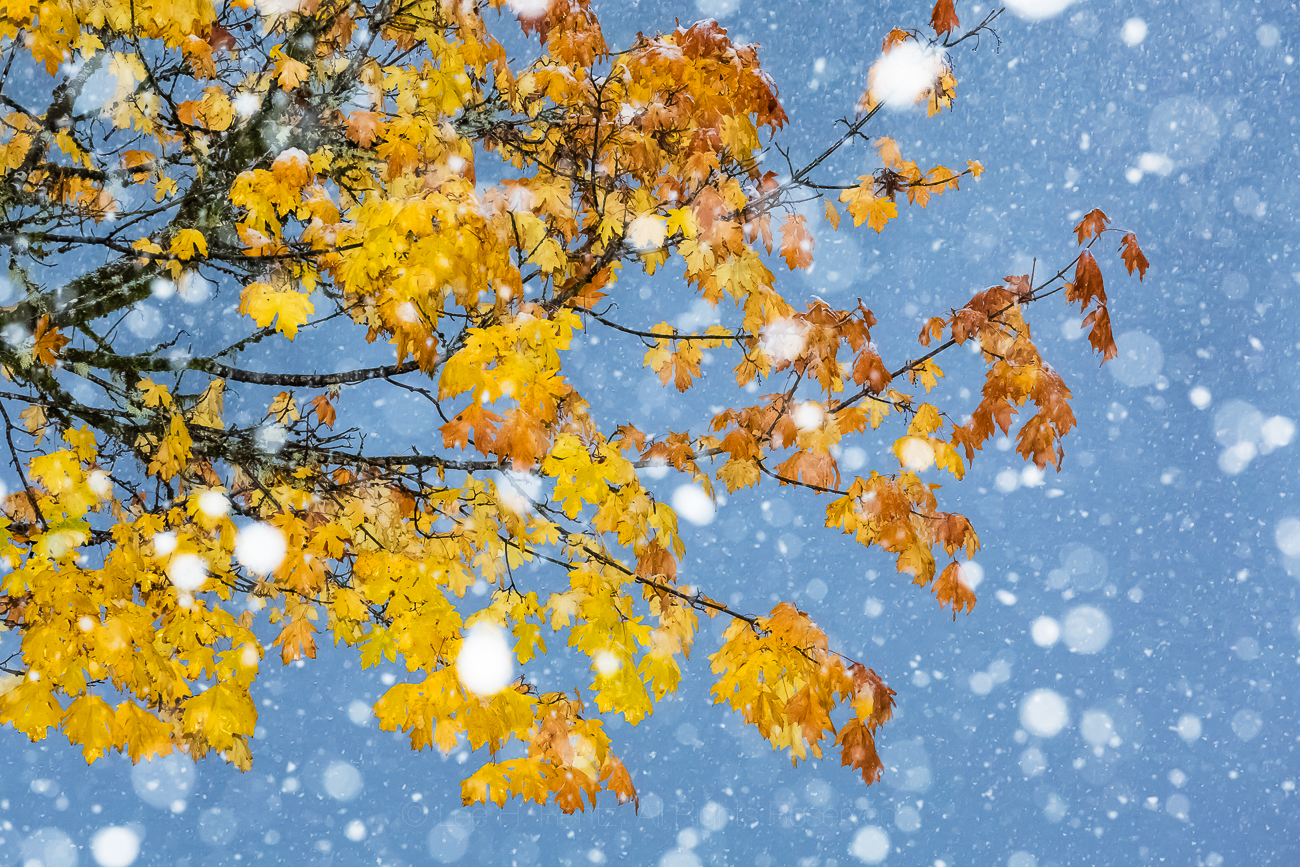
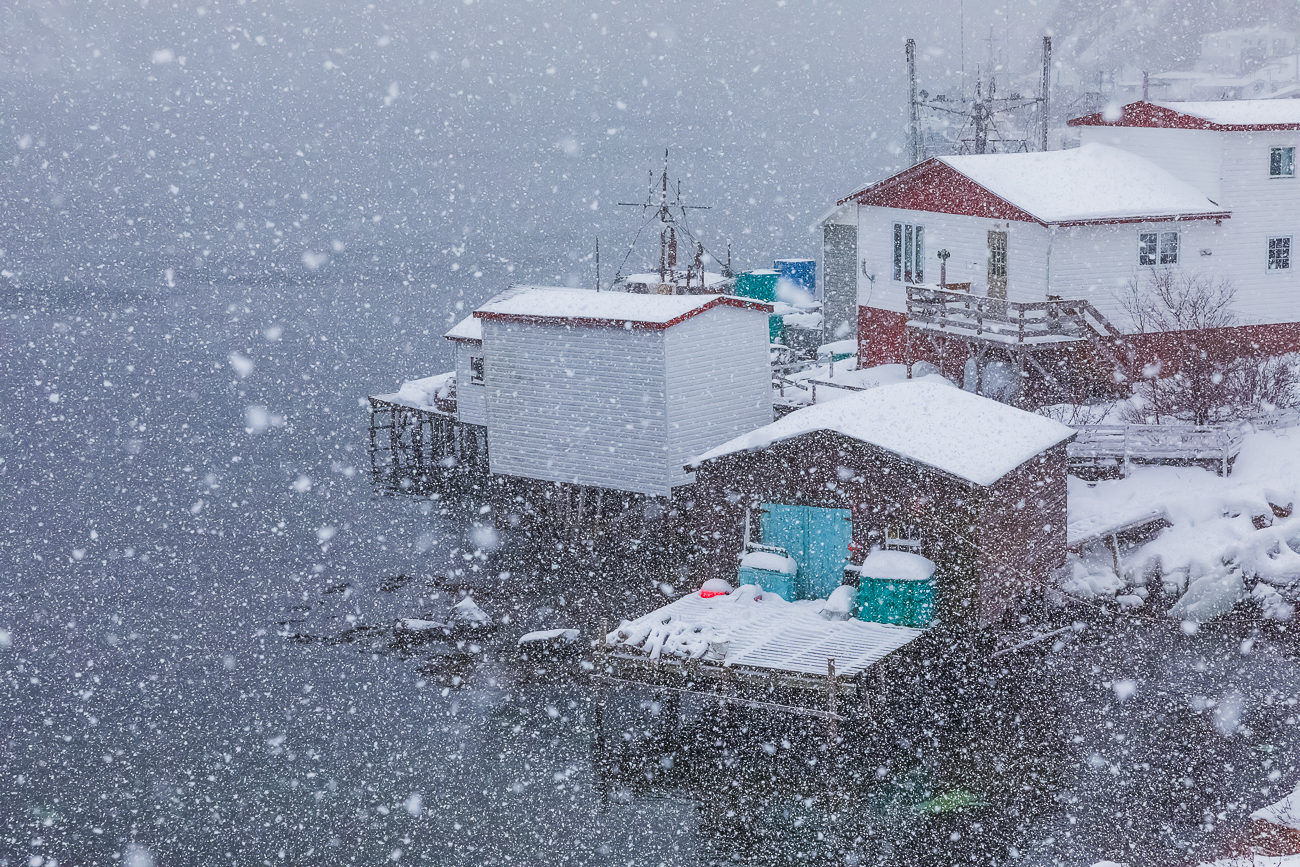

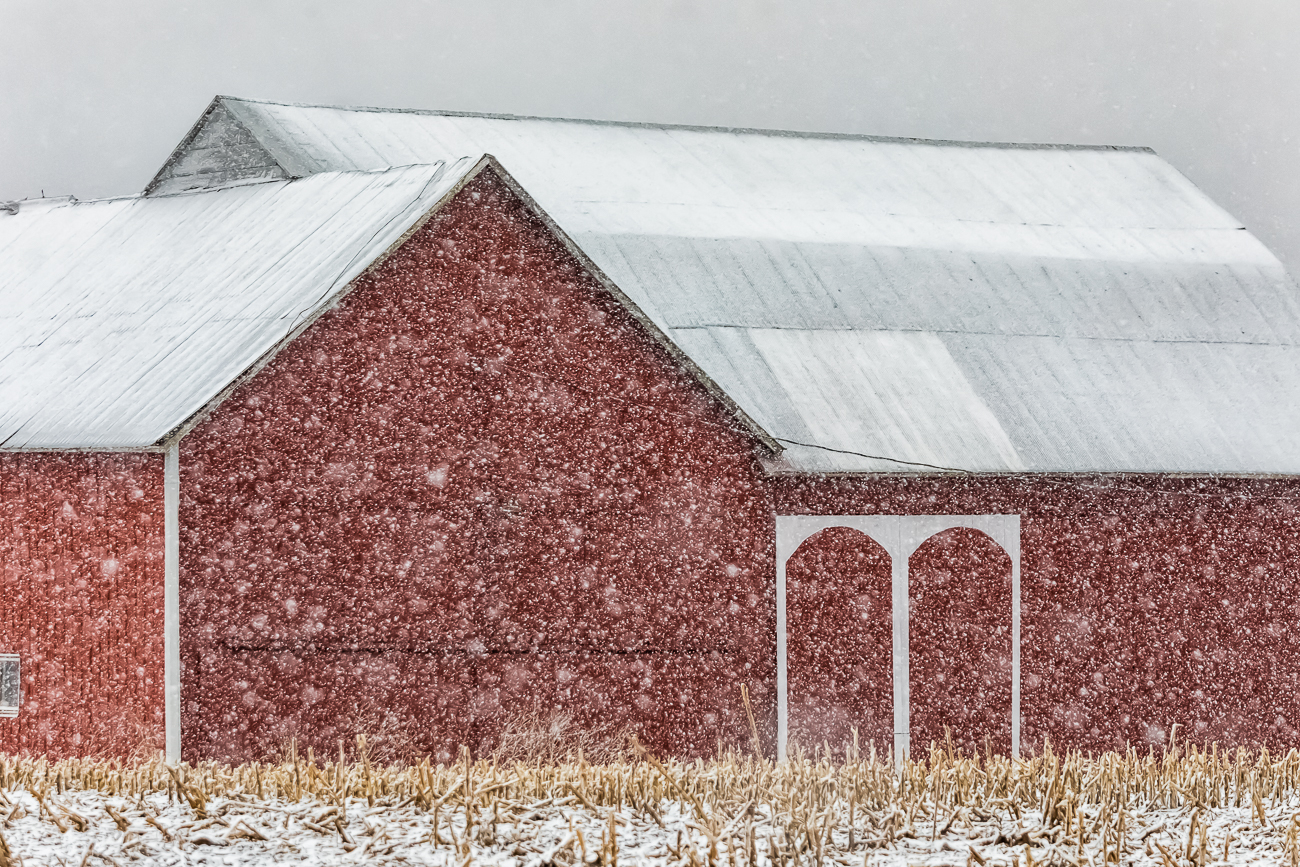
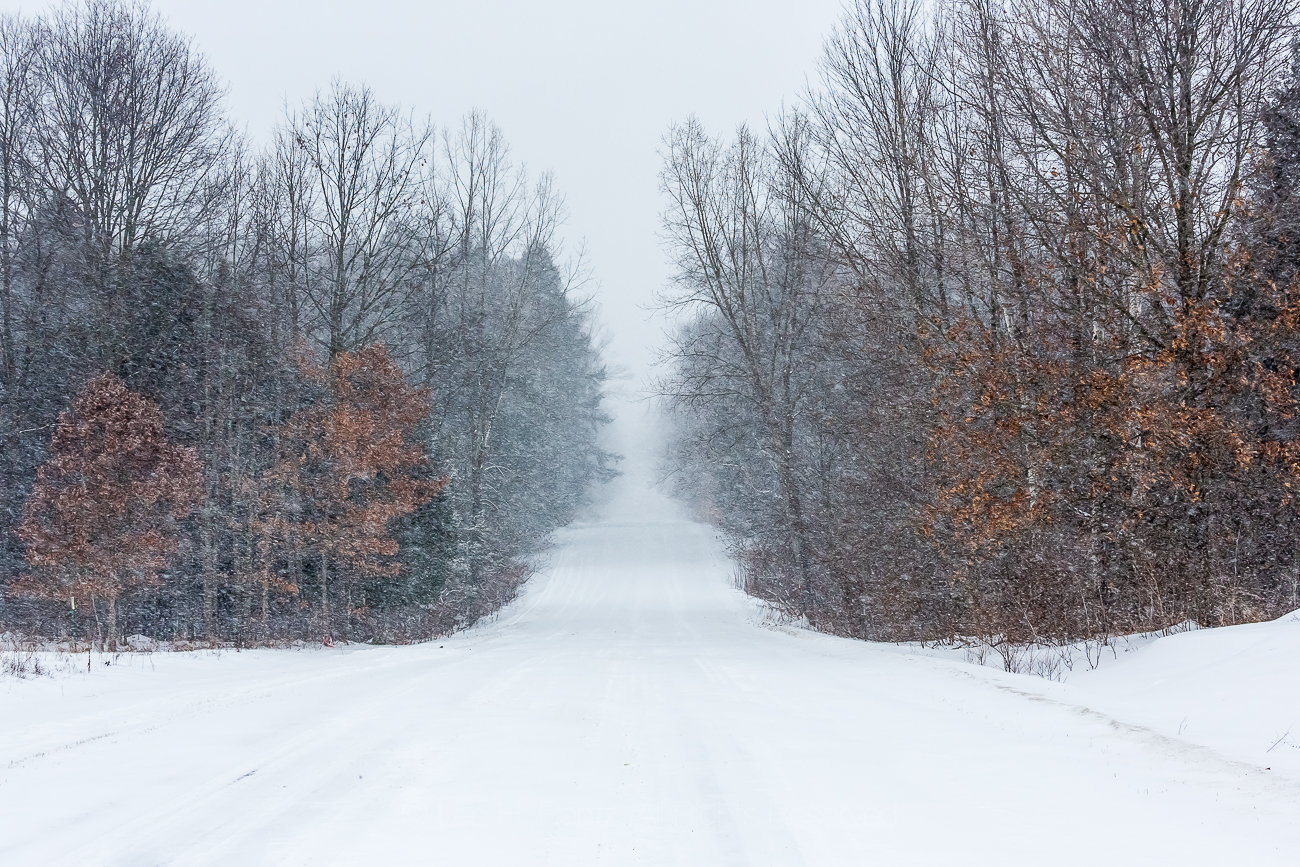
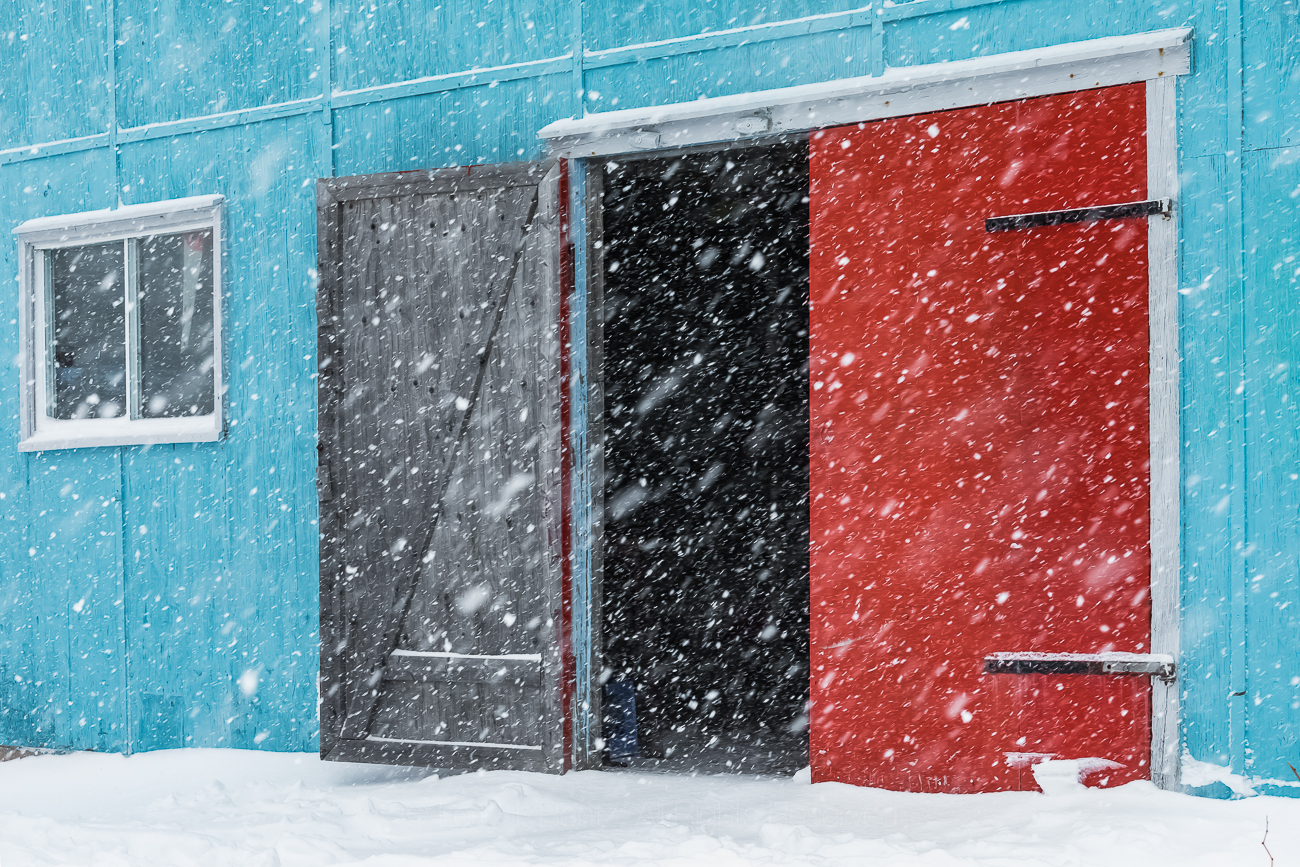

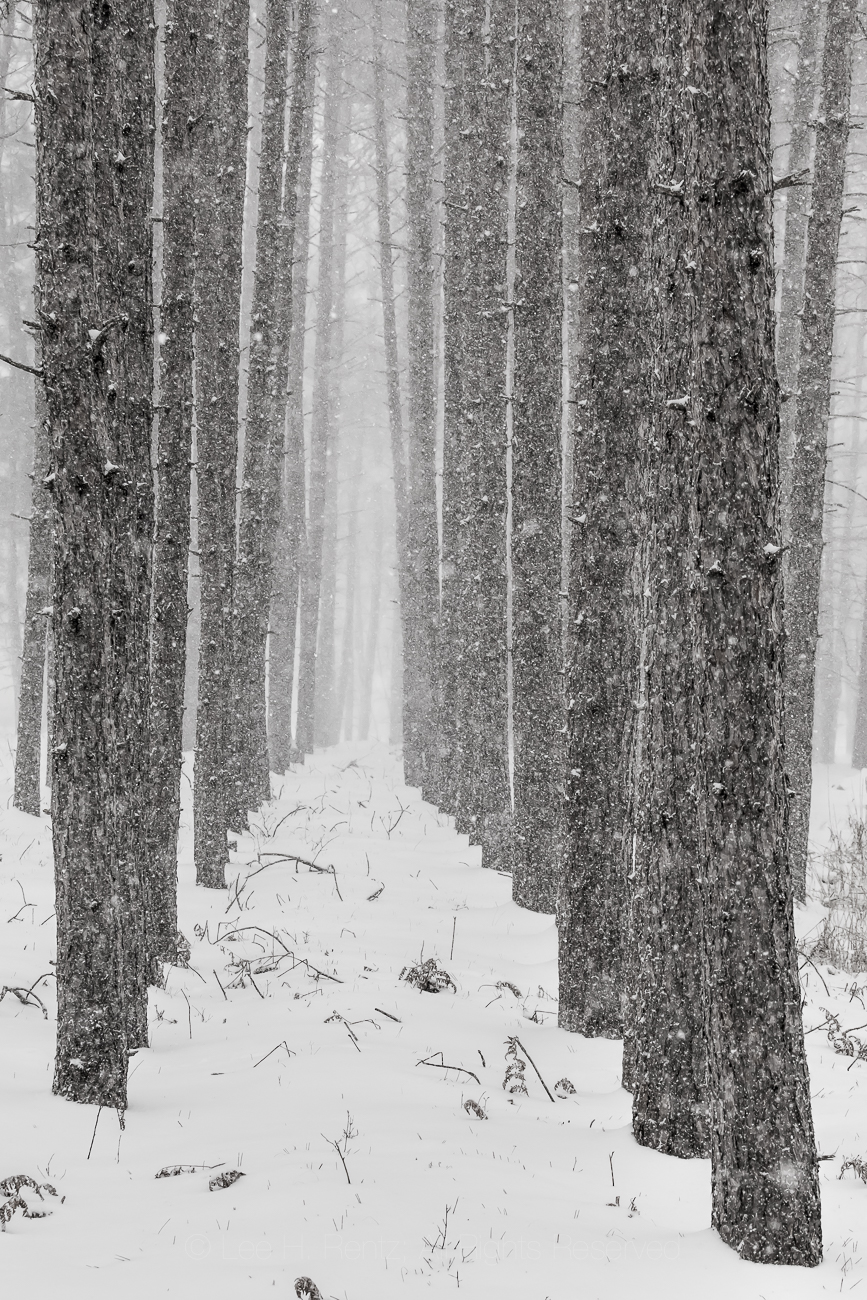

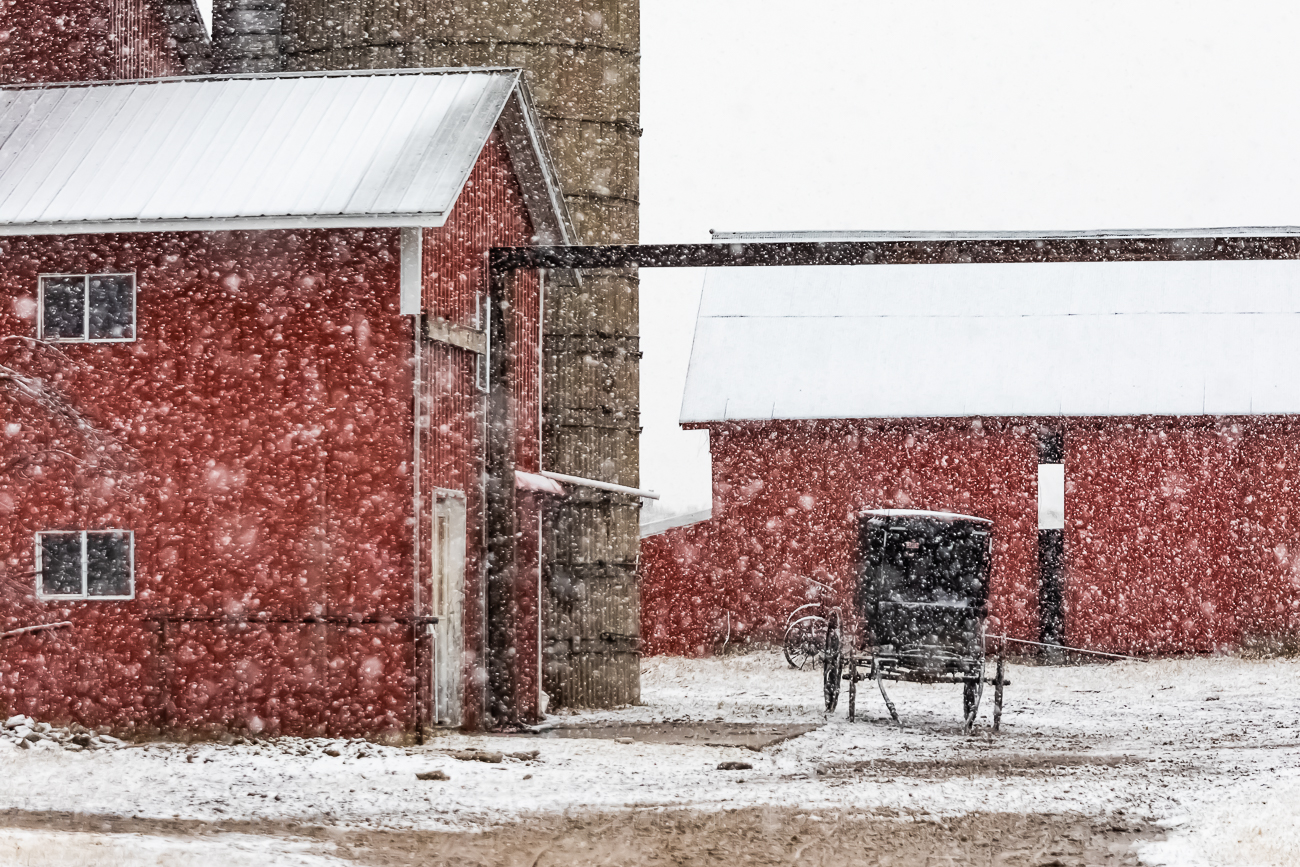
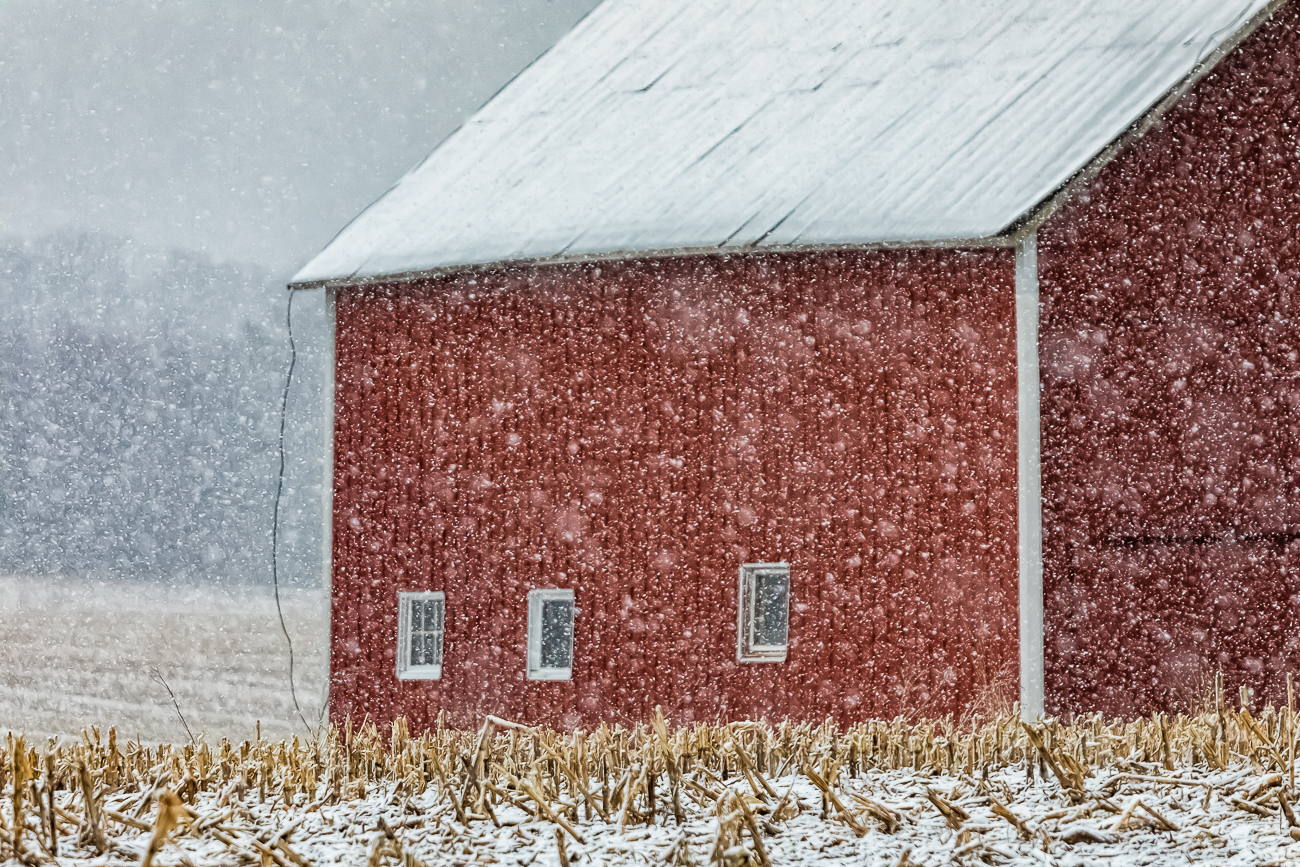

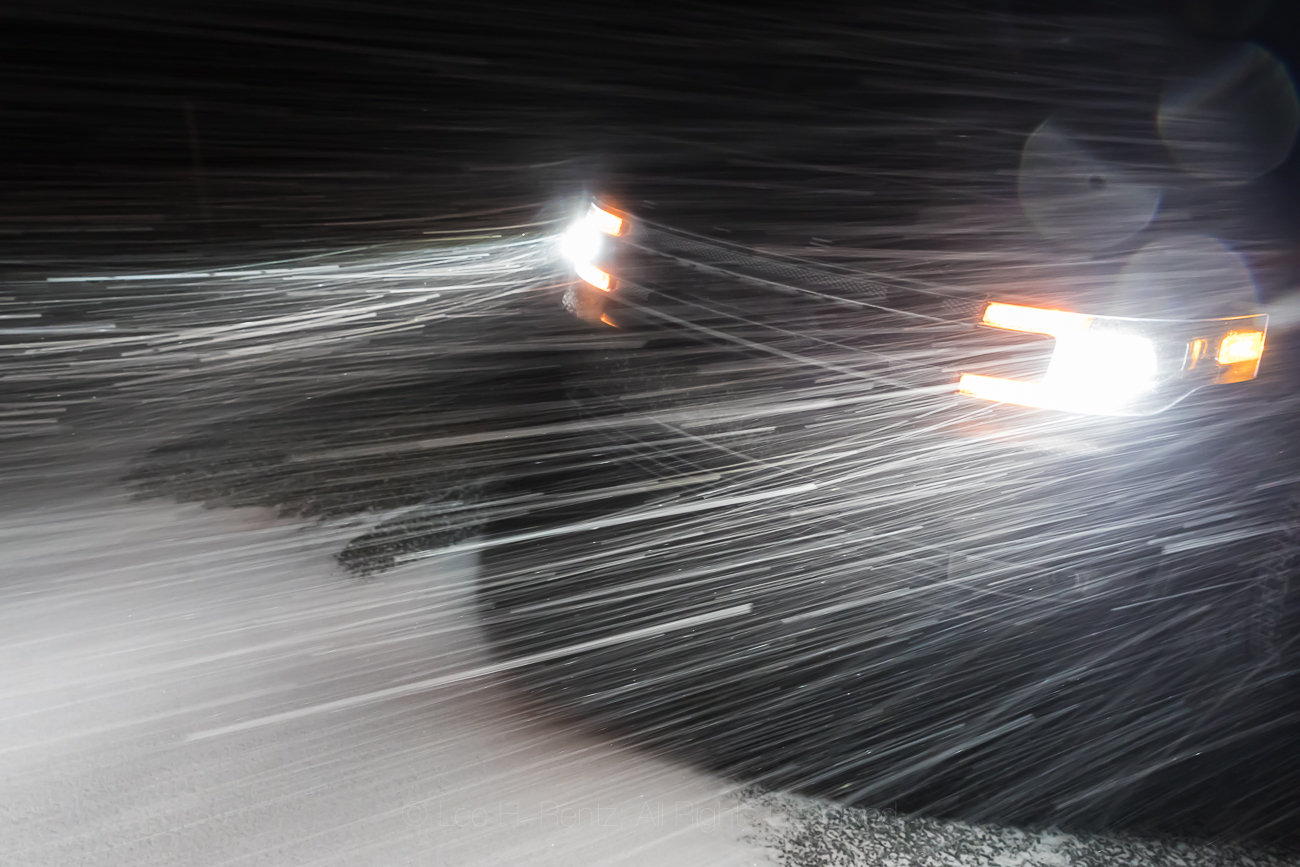
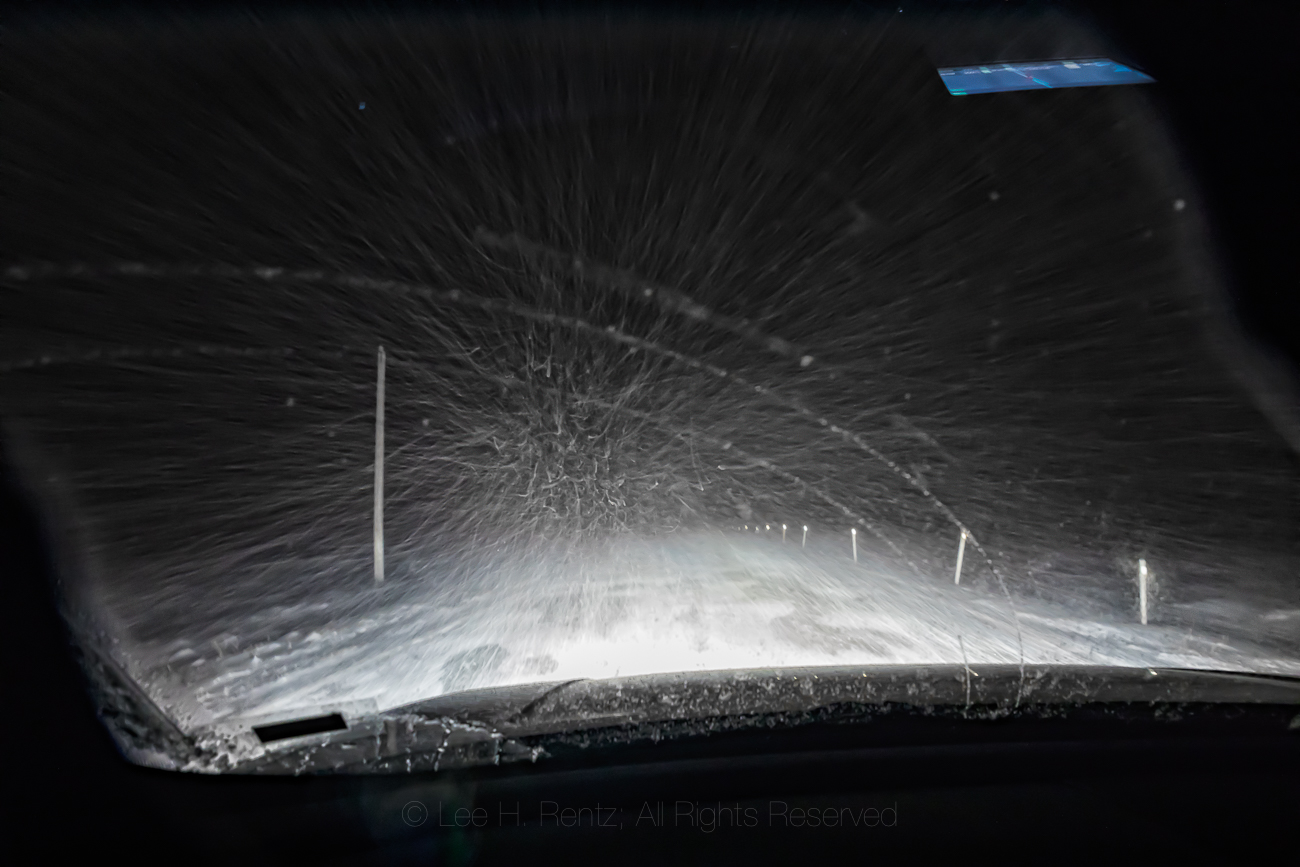
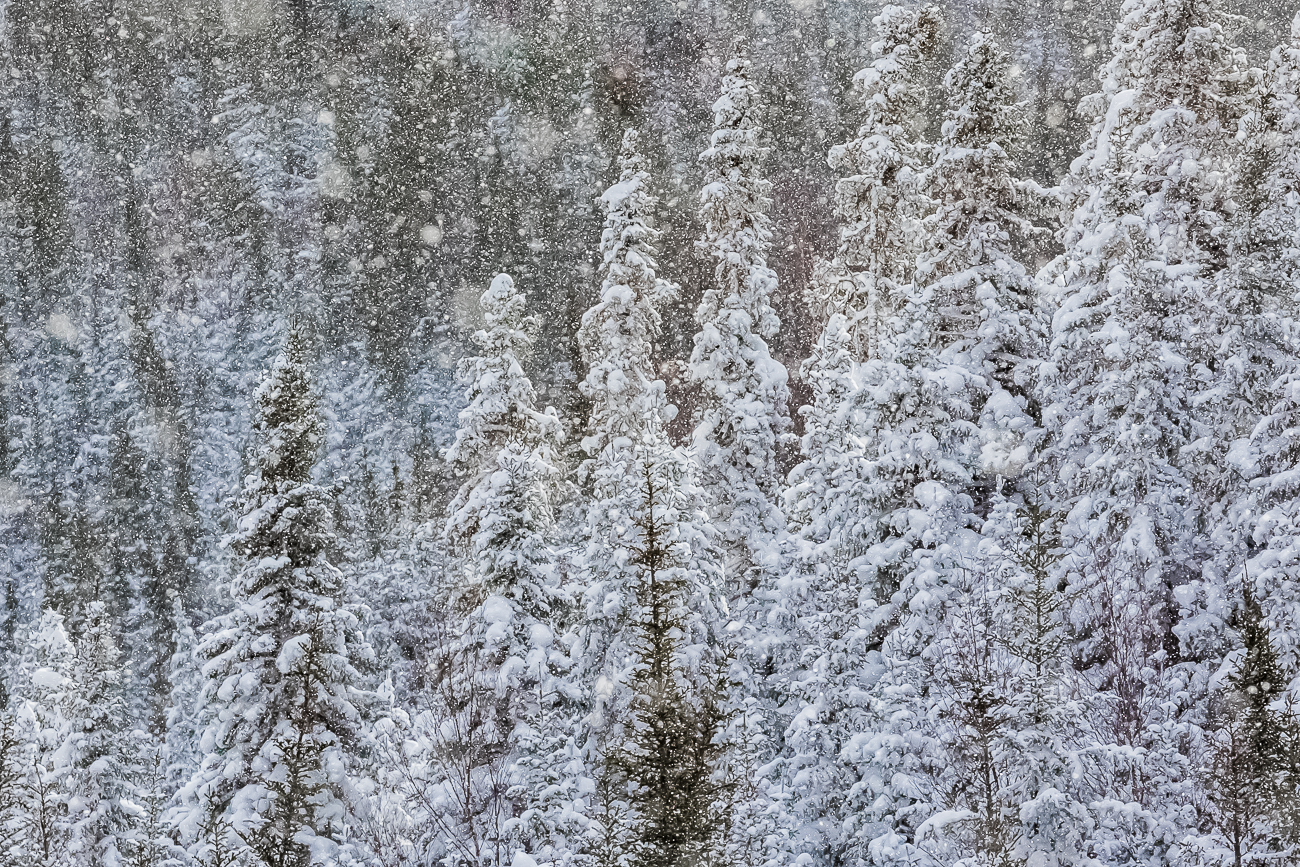
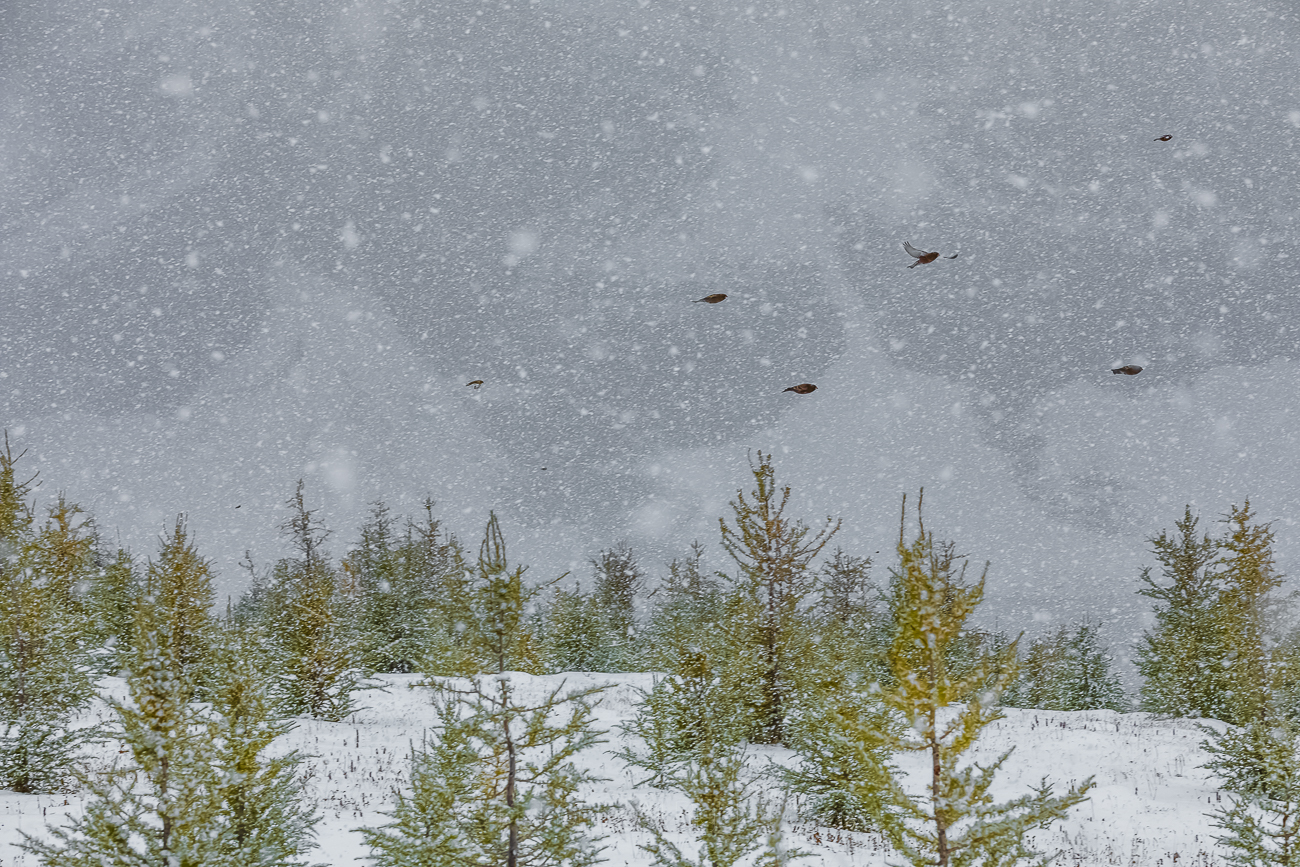
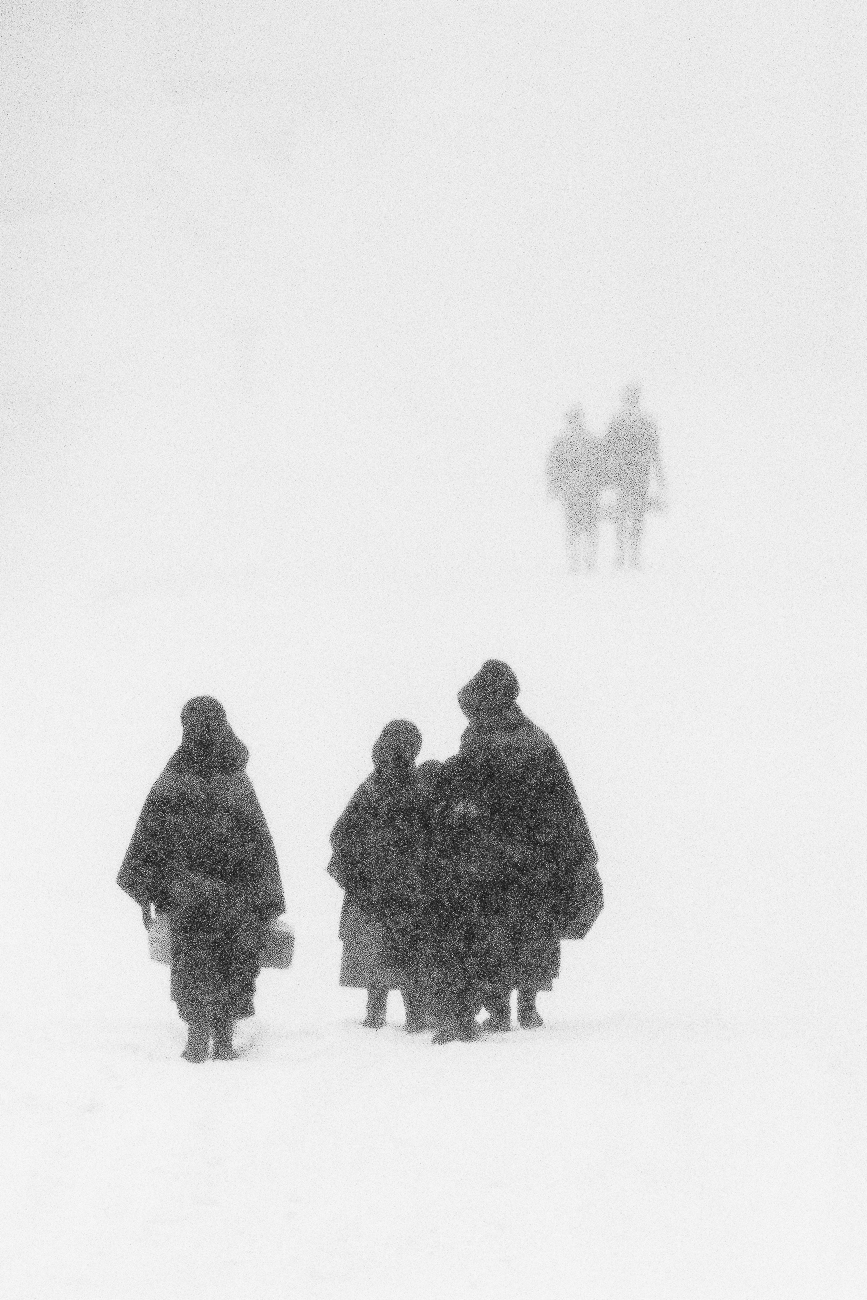
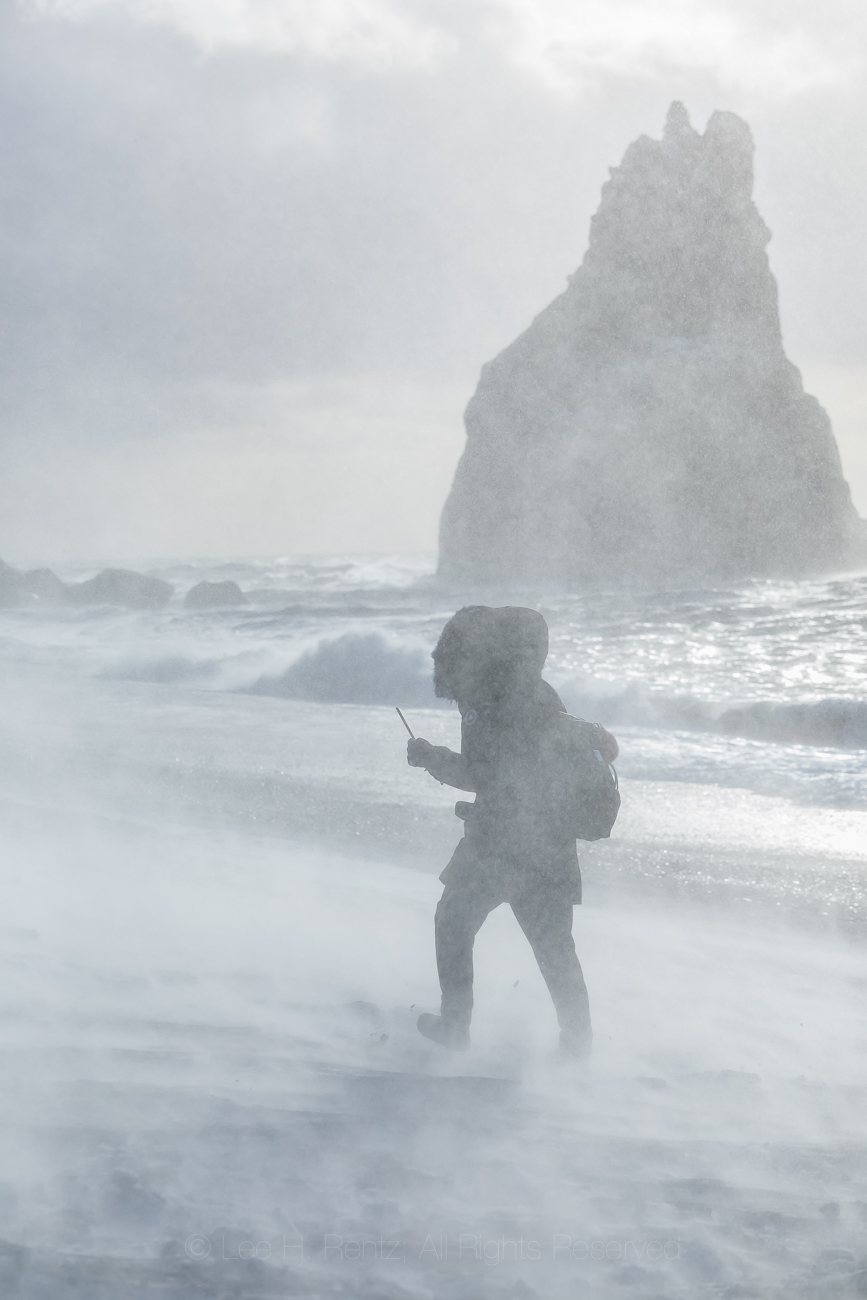

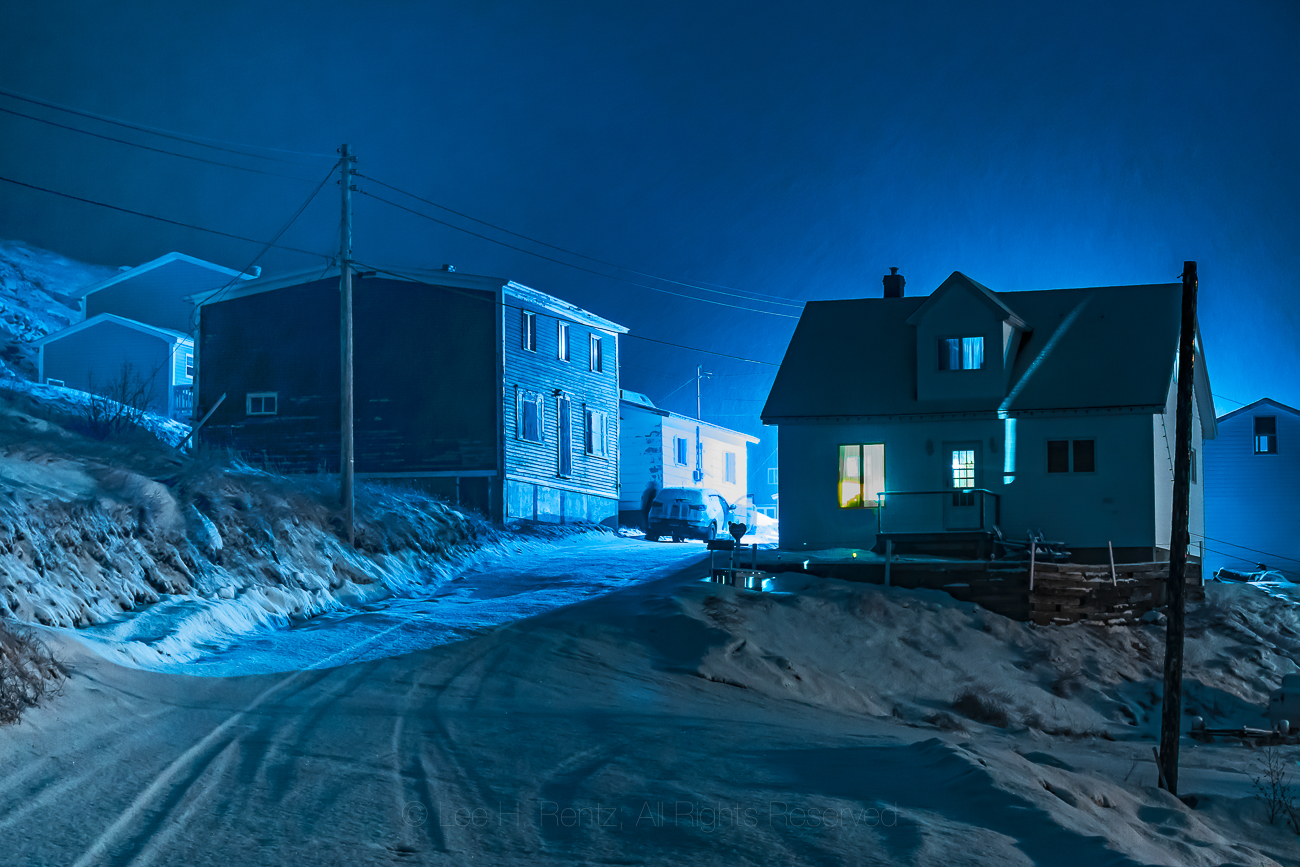

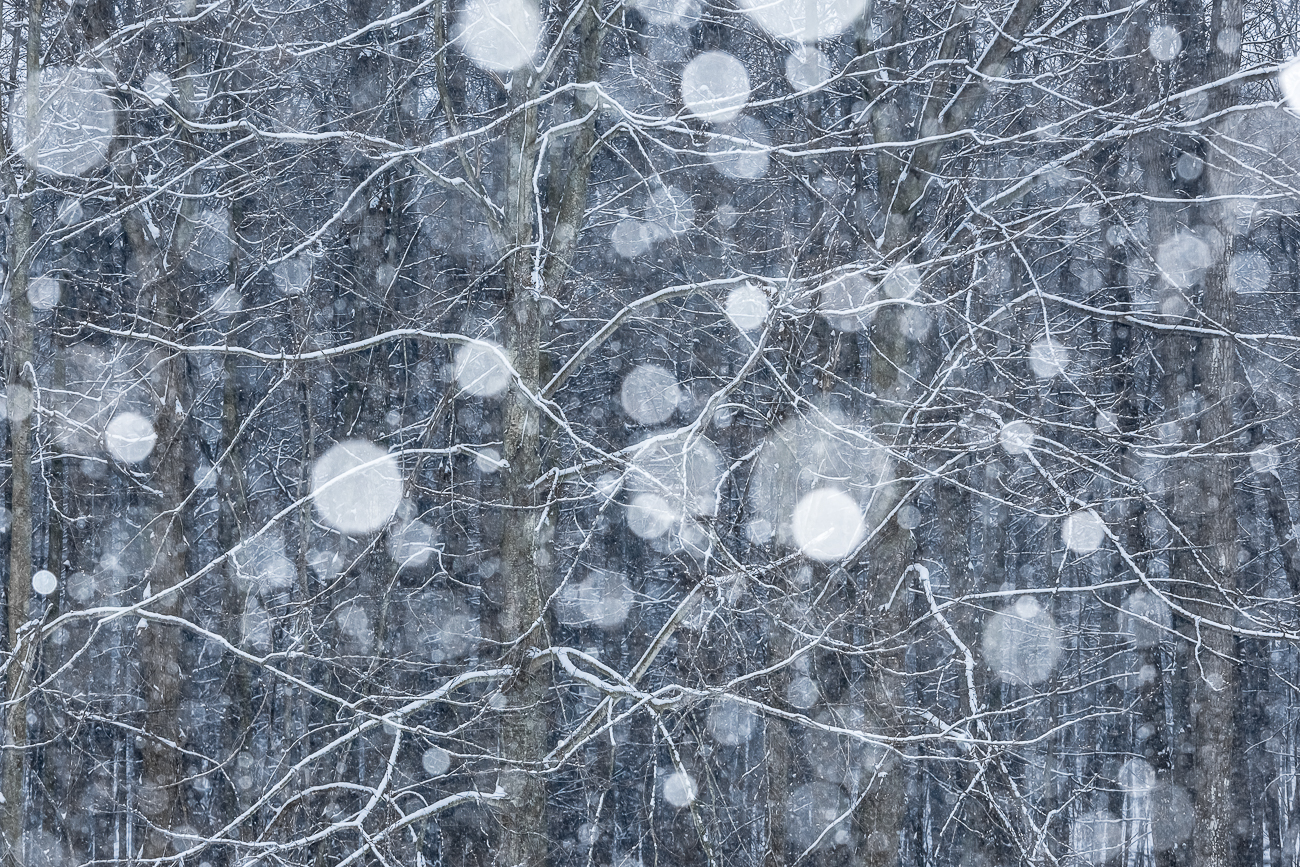
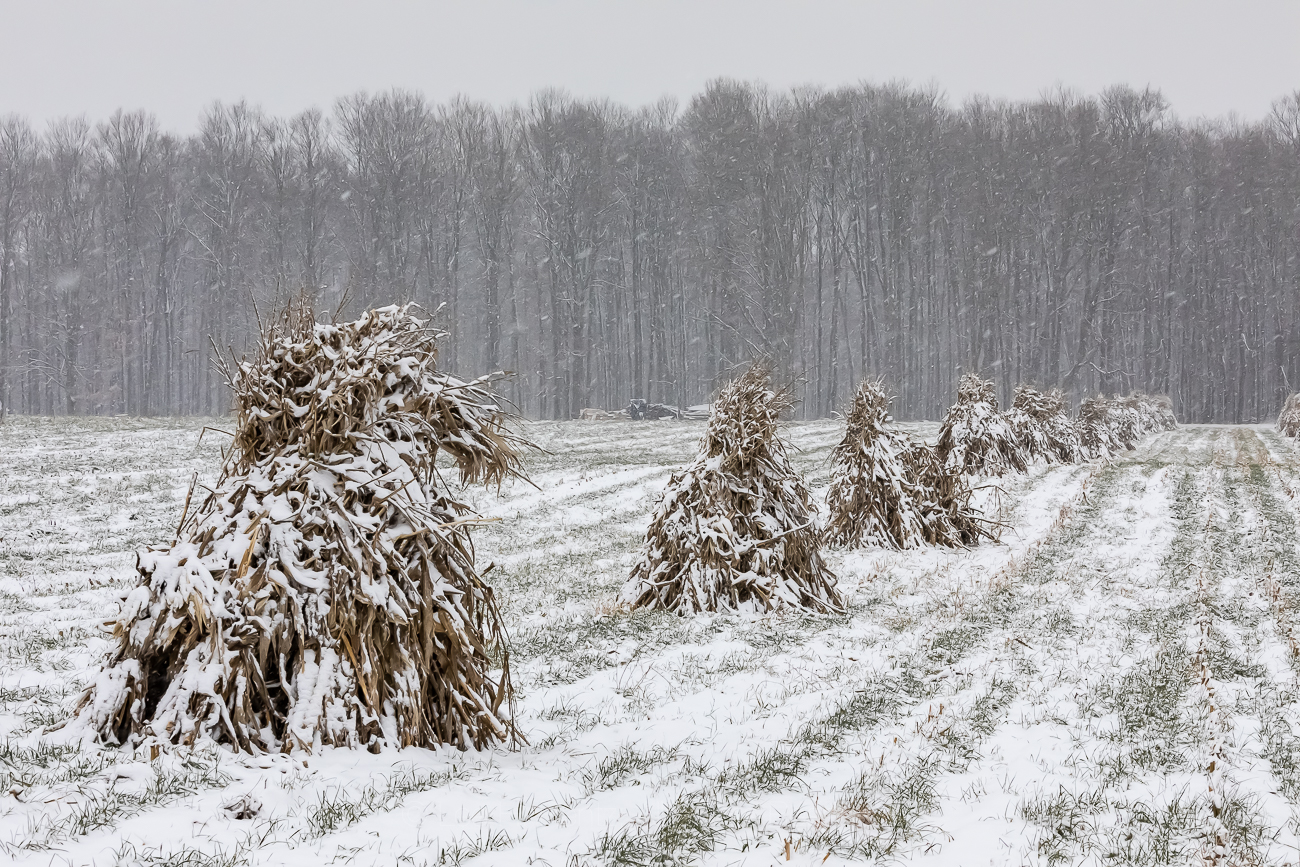
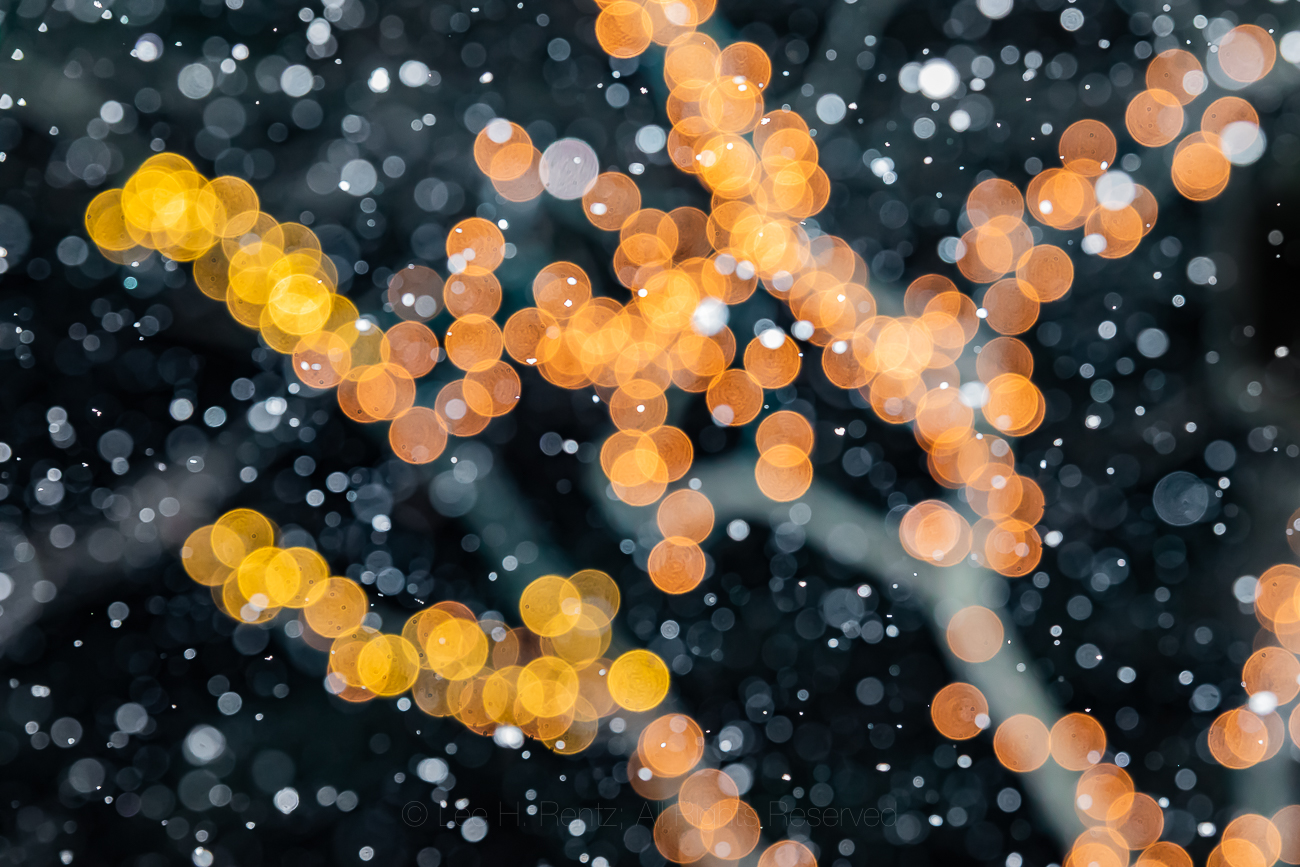
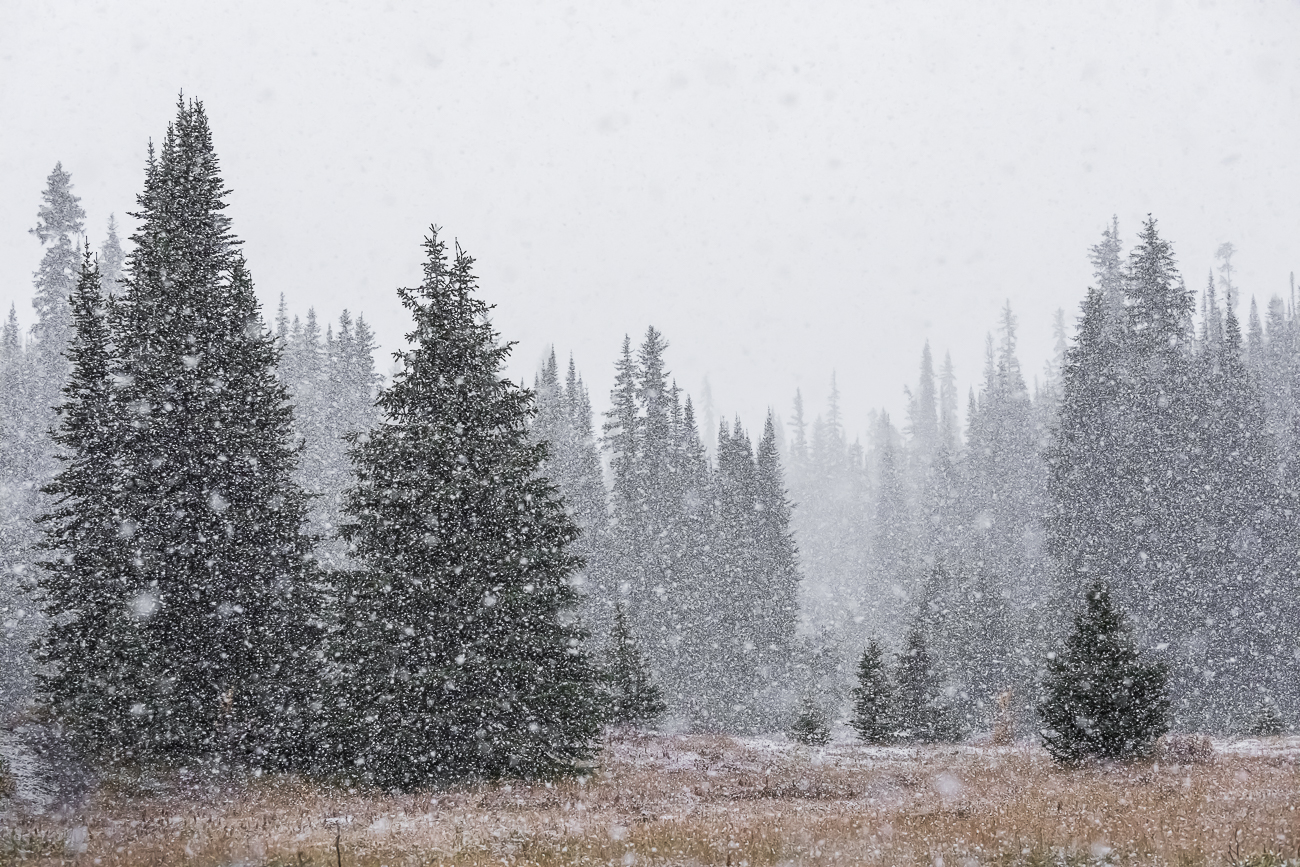
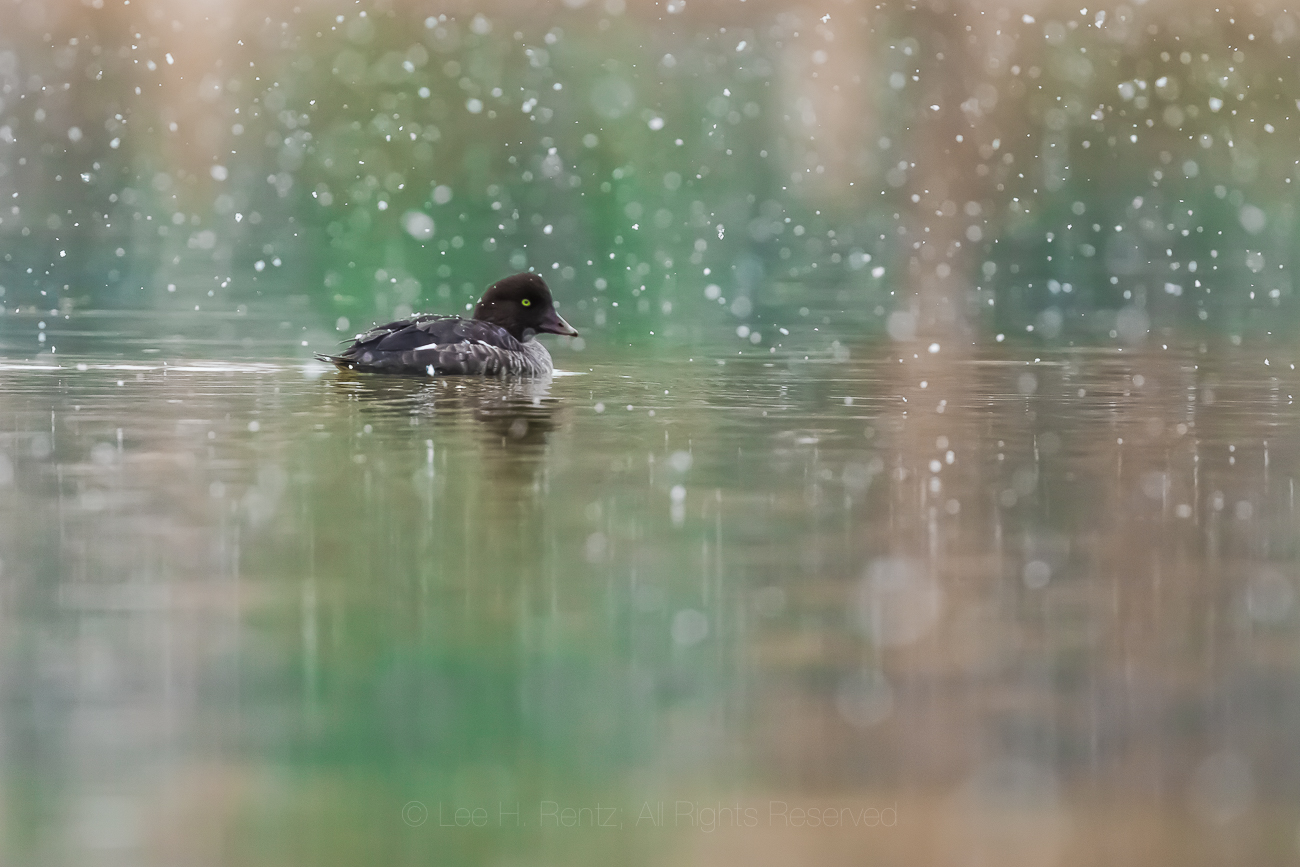

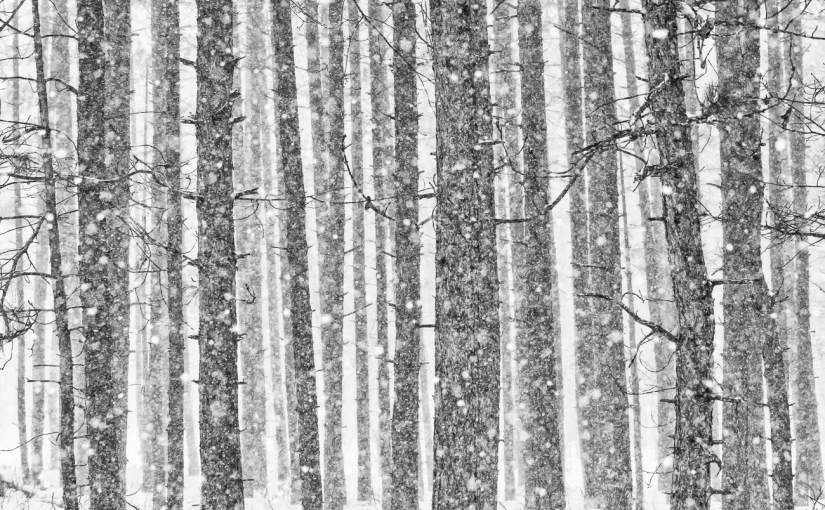














































 understand, my brain searches for reasons behind the beauty that I capture with my camera. Nature is filled with patterns that are governed by physics and evolution.
understand, my brain searches for reasons behind the beauty that I capture with my camera. Nature is filled with patterns that are governed by physics and evolution. These dendritic (think tree branches) formations each had a hole in the center with branching tentacles radiating out from the center hole. When I photographed them, the temperature was above freezing, and the water in the dendritic formations was liquid. It looks to me as if rainwater and meltwater flow from the tips of the tentacles to the hole in the center. But what caused these holes to begin with? And why are they fairly regularly spaced across the lake? Is water flowing into or out of the hole in the center? This inquiring left brain wants to know, and I would appreciate your suggestions. I will update this entry if someone has a definitive explanation.
These dendritic (think tree branches) formations each had a hole in the center with branching tentacles radiating out from the center hole. When I photographed them, the temperature was above freezing, and the water in the dendritic formations was liquid. It looks to me as if rainwater and meltwater flow from the tips of the tentacles to the hole in the center. But what caused these holes to begin with? And why are they fairly regularly spaced across the lake? Is water flowing into or out of the hole in the center? This inquiring left brain wants to know, and I would appreciate your suggestions. I will update this entry if someone has a definitive explanation.



